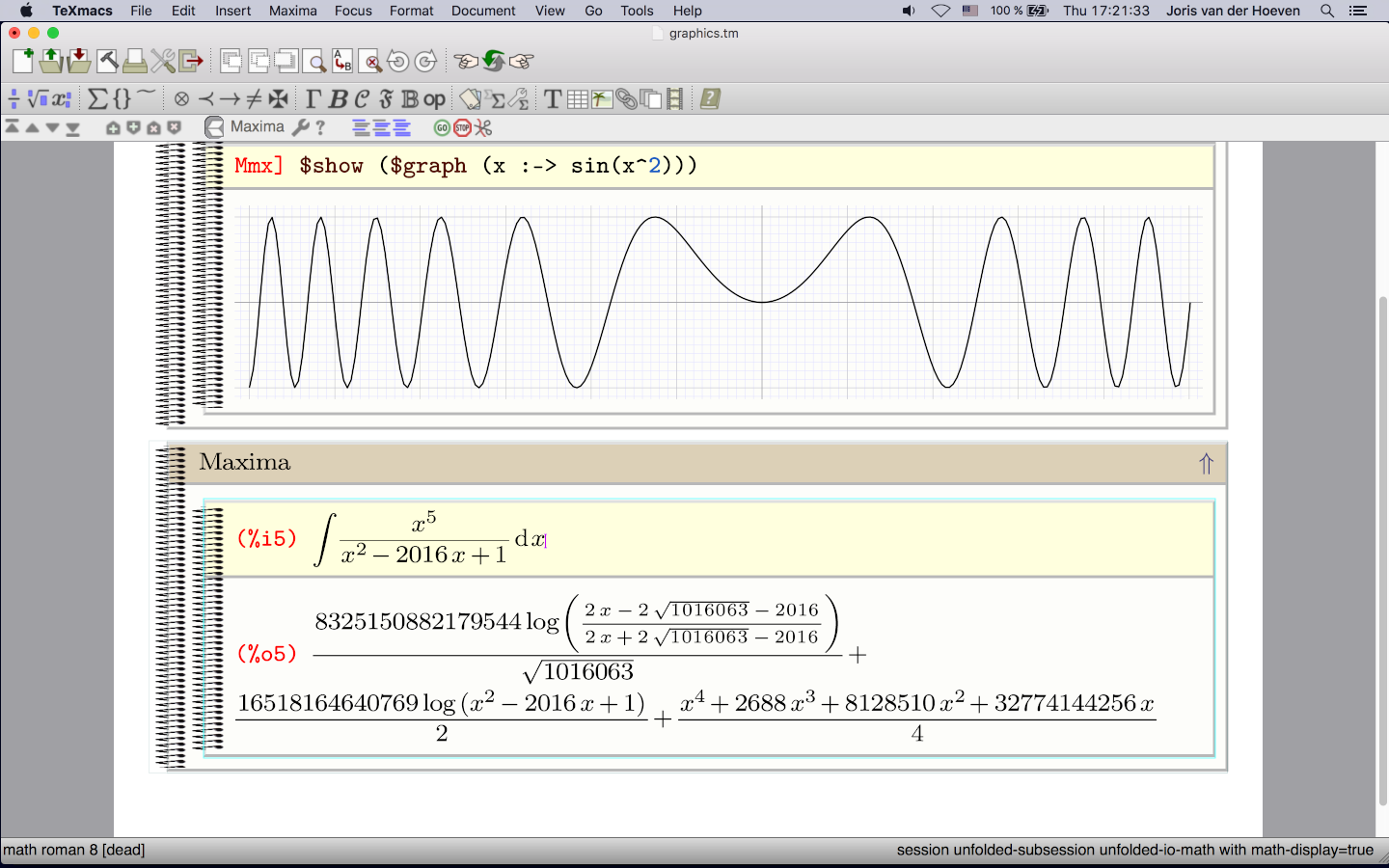

The manufacturing protocol here described achieved large numbers of viable NKG2D CAR memory T cells with elevated levels of NKG2D CAR expression and highly cytotoxic against Jurkat and 531MII tumor target cells. Final cell products were analyzed to comply with the specifications derived from the quality and complementary controls carried out in accordance with the instructions of the Spanish Regulatory Agency of Medicines and Medical Devices (AEMPS) for the manufacture of investigational advanced therapy medicinal products (ATMPs). NKG2D CAR T cells expanded between 10 and 13 days. Then, we used NKG2D-CD8TM-4-1BB-CD3ζ lentiviral vector for cell transduction (MOI = 2). A total of 10 8 CD45RA - cells were cultured in TexMACS media supplemented with 100 IU/mL IL-2 and activated at day 0 with T Cell TransAct.
#TEXMACS MEDIA PLUS#
CD45RA + fraction was depleted from healthy donors' non-mobilized apheresis using CliniMACS CD45RA Reagent and CliniMACS Plus device. In this study, we developed a protocol to obtain large-scale NKG2D CAR memory T cells for clinical use by using CliniMACS Prodigy, an automated closed system compliant with Good Manufacturing Practice (GMP) guidelines. To avoid such adverse effects, we used CD45RA - memory T cells, a T-cell subset with less alloreactivity, as effector cells to express NKG2D CAR. The use of allogeneic T cells for CAR therapy could be an attractive alternative, although undesirable graft vs. Patient-derived CAR T cells show limitations including inability to manufacture CAR T cells from the patients' own T cells, disease progression, and death prior to return of engineered cells. A second-generation NKG2D CAR was generated by fusing full-length human NKG2D to 4-1BB costimulatory molecule and CD3ζ signaling domain. NKG2D chimeric antigen receptor (CAR) T cells have shown potent anticancer effects against different cancer types. Published by Elsevier B.V.Natural killer group 2D (NKG2D) is a natural killer (NK) cell-activating receptor that recognizes different stress-induced ligands that are overexpressed in a variety of childhood and adult tumors. The effective level of isoproterenol and the formation of oxidation products might explain the discrepancies observed in isoproterenol-induced genotoxicity and cytotoxicity.ĭNA strand Breaks Epinephrine Isoprenochrome Isoproterenol Oxidative stress.Ĭopyright © 2022. However, isoprenochrome formation is significantly lower in TexMACS medium. The isoproterenol oxidation product isoprenochrome forms during treatment in both media. Our results show a decrease of isoproterenol concentration in RPMI medium but high stability of the compound in TexMACS medium. However, despite its use in many in vitro and ex vivo studies, the stability of isoproterenol in cell culture media has not been characterized. Clinical studies have shown that isoproterenol is rapidly metabolized in the human body with a plasma half-life of about 2-5 min. Isoproterenol (isoprenaline) is a synthetic catecholamine used as sympathomimetic drug that stimulates β-adrenergic receptors and is widely used in biomedical research. In vitro mechanistic research is mostly performed without taking into consideration the potential influence of cell culture media and/or their supplements and therefore, interactions between compounds of interest and medium ingredients may be overlooked.


 0 kommentar(er)
0 kommentar(er)
